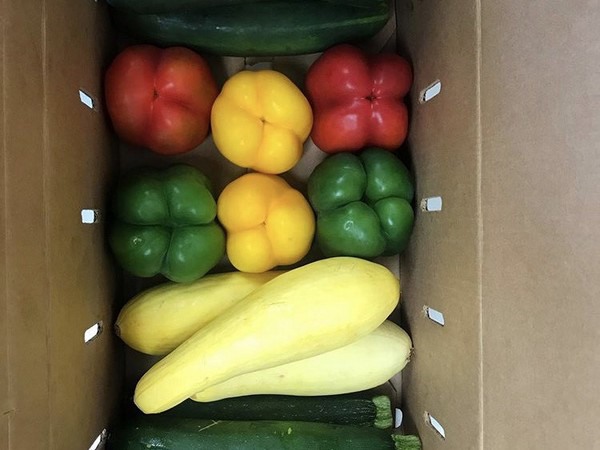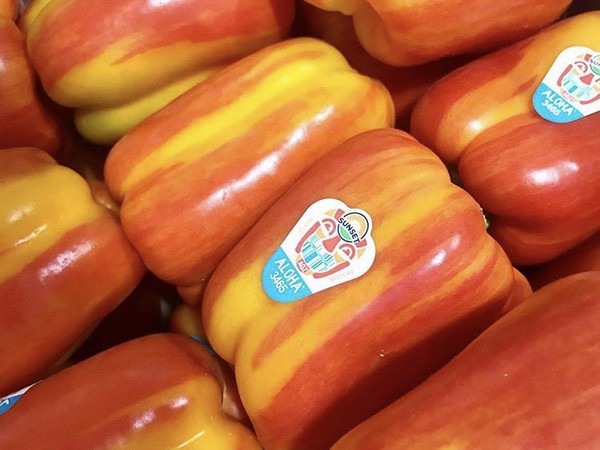When temperatures start to drop, consumers tend to shift their thoughts from tank tops and shorts to sweaters and jackets. It's also around the time they make the switch from thinking about fresh salads and barbecues to soups and stews.
"The shift to thinking about winter vegetables starts to happen normally before Thanksgiving. Everything revolves really around weather conditions in the receiving areas," says Neil Mazal of East Coast Farms & Vegetables in Lake Worth, Fl. "If you have a mild winter in the Northeast, people still opt for salads when they're going out to dinner. And then when the weather turns cold, it shifts to more hearty choices such as ordering a sweet potato with dinner or a butternut squash side dish."
So while at Thanksgiving, demand picks up for holiday favorites such as string beans, in the winter overall in general demand shifts towards items that consumers need to use the oven for—think potatoes, hard squashes and more.
Seasonal effects
That said, demand for winter vegetables is flatter than they used to be, says Mazal. "Items used to be seasonal," he says. "But year-round availability of summer type fruits and vegetables sometimes reduces demand for winter vegetables."
 Photo: East Coast Farms & Vegetables
Photo: East Coast Farms & Vegetables
At the same time, consumers' tastes are changing--particularly with upcoming generations such as Millennials or Generation Z. "The younger generations don't do as much cooking," says Mazal. "They buy individually prepared meals or picking up a side dish and not doing any real meal prep."
They're also not opting for traditional winter vegetable holiday items long seen on dining room tables. "They have healthier mindsets," says Mazal. "So we're seeing less sweet potato casserole with marshmallows on top and maybe a bit more in the way of spiral zucchini side dishes or spaghetti squash."
Changes in demand
At the same time, Mazal notes though that row crops such as zucchini and yellow squash are also diminishing overall in demand. "Although production has increased on those items, that's probably driving price points down because they're quick come-to-market crops," he says.
Another item seeing a shift, and in this case a positive one, is red peppers. "This is because there's a bit less production coming out of Canada. Part of the Canadian drop is loss of greenhouse production to the cannabis industry," says Mazal. "Also the weather in Canada impacts things. When they don't have sun, they lose productivity and the peppers don't color as rapidly so the markets were a little bit stronger than normal. But there's also more red pepper being planted as people get away from the regular green peppers."
Brussels sprouts and cauliflower
And of course it’s not hard to see that specialty vegetable items are also seeing a pick up in interest from consumers. "Items such as Brussels sprouts and cauliflower are trendy--you see items like baked cauliflower or cauliflower rice on menus," says Mazal. "Both of these items have taken hold at the restaurant level and that carries over to home use. There's also more interest in asparagus, which has more availability year round because of the imports."

This season though there is a shift in winter vegetable supplies largely due to Mexico's recent weather issues. "There is a definite impact on winter vegetable availability out of Mexico. The crops were negatively impacted by very heavy rain and inclement weather so availability coming out of Mexico is greatly reduced on row crops," says Mazal. "There's less in the way of peppers and squashes and even hard squashes went up in price because of a lack of productivity down there." He anticipates this continuing into January as recovery from the severe weather and replanting continues.
That said, even with less product, demand isn't looking any stronger. "Even with winter squash, which is in pretty good demand at this time of year, we're not seeing as much movement as we normally would anticipate after Thanksgiving," says Mazal. "We haven't seen the market move to the price points that we had projected based on the fact that there's a small amount of product crossing into McAllen, Tex. and then into Nogales, Ariz. It's been a bit strange this year. "
For more information:
Neil Mazal
East Coast Farms & Vegetables
Tel: +1 (561) 286-0286
neil@eastcoastfarms.us
https://www.eastcoastfarms.us/
